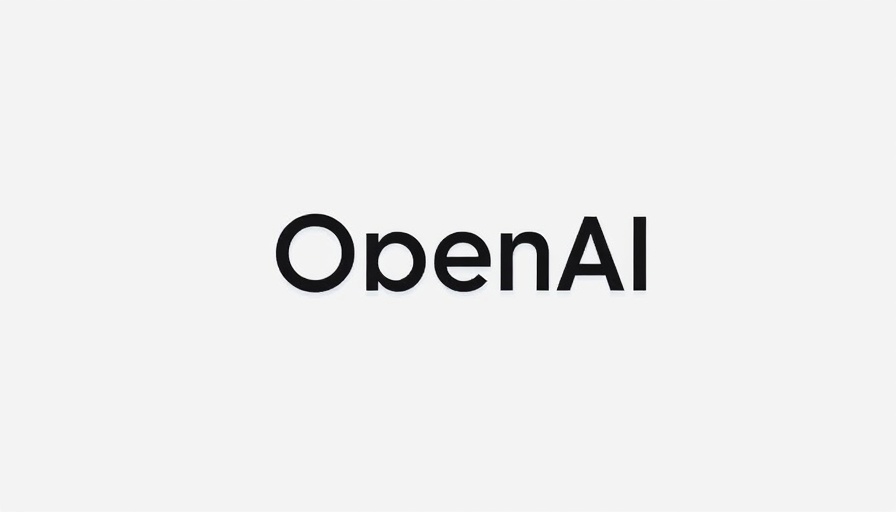
A Revolutionary Partnership: OpenAI and U.S. National Labs Unite
In an unprecedented collaboration, OpenAI has joined forces with over 1,400 scientists from nine U.S. National Laboratories, such as Argonne and Oak Ridge. This partnership is designed to leverage artificial intelligence to tackle some of the most pressing scientific challenges of our time. The implications of this synergy promise to accelerate breakthroughs across various fields, including healthcare, energy, and advanced materials.
Transforming Scientific Research Through AI
Utilizing OpenAI's latest AI models like the O3-mini, researchers are effectively exploring new algorithms aimed at everything from materials science to renewable energy solutions. As Rick Stevens from Argonne National Laboratory expressed, this partnership resembles a group of jazz musicians improvising to solve complex scientific queries—with each scientist contributing their unique expertise and insights through advanced AI.
The Emergence of a 'Common Sector'
This collaboration marks a shift from traditional public-private partnerships toward what can be termed a 'common sector.' Here, cutting-edge AI technology will be embedded into scientific research from its inception, enhancing the efficacy and speed of discovery. OpenAI aims to revolutionize the way scientific research is conducted by fostering an environment in which artificial intelligence becomes a foundational tool for innovation.
Impact on National Security and Global Competitiveness
As technological innovation continues to drive global geopolitics, this partnership stands as a counter to potential autocratic influences in AI. OpenAI’s initiative not only aims to enhance public well-being through advanced cybersecurity measures and improving disease prevention methods, but also plays a significant role in securing U.S. national interests amid fierce global competition, particularly with China. Strengthening capabilities in various domains such as nuclear security is paramount, especially as OpenAI's collaboration will address risks associated with biological and cyber threats.
Bridging Gaps in Scientific Disciplines
The deployment of AI technology at facilities such as Los Alamos National Laboratory represents an important step in bridging existing gaps in various scientific disciplines. By having approximately 15,000 scientists tap into OpenAI’s tools, the collaboration aims to enhance discoveries in areas ranging from astrophysics to fundamental mathematics. This multifaceted approach reinforces the idea that directing AI resources wisely can lead to monumental advancements in understanding natural phenomena.
Looking Ahead: The Future of Science and AI
As OpenAI continues to engage in breakthrough partnerships with government entities, the future of AI-integrated science appears promising. We can expect this revolution not only to enhance specific individual projects but to redefine the overall landscape of scientific exploration and discovery. This unique convergence of AI and science stresses the importance of maintaining an ethical approach to technology at national and global levels.
Conclusion: A Call to Stay Informed
The collaboration between OpenAI and the U.S. National Laboratories exemplifies how marrying technology with scientific research can lead to breakthroughs that transform society. As these developments unfold, it’s critical to remain updated on advancements in AI for science and understand their broader implications. Stay tuned for upcoming reports and insights that unravel how AI can continue to champion human progress and innovation.
 Add Row
Add Row  Add
Add 




 Add Row
Add Row  Add
Add 

Write A Comment